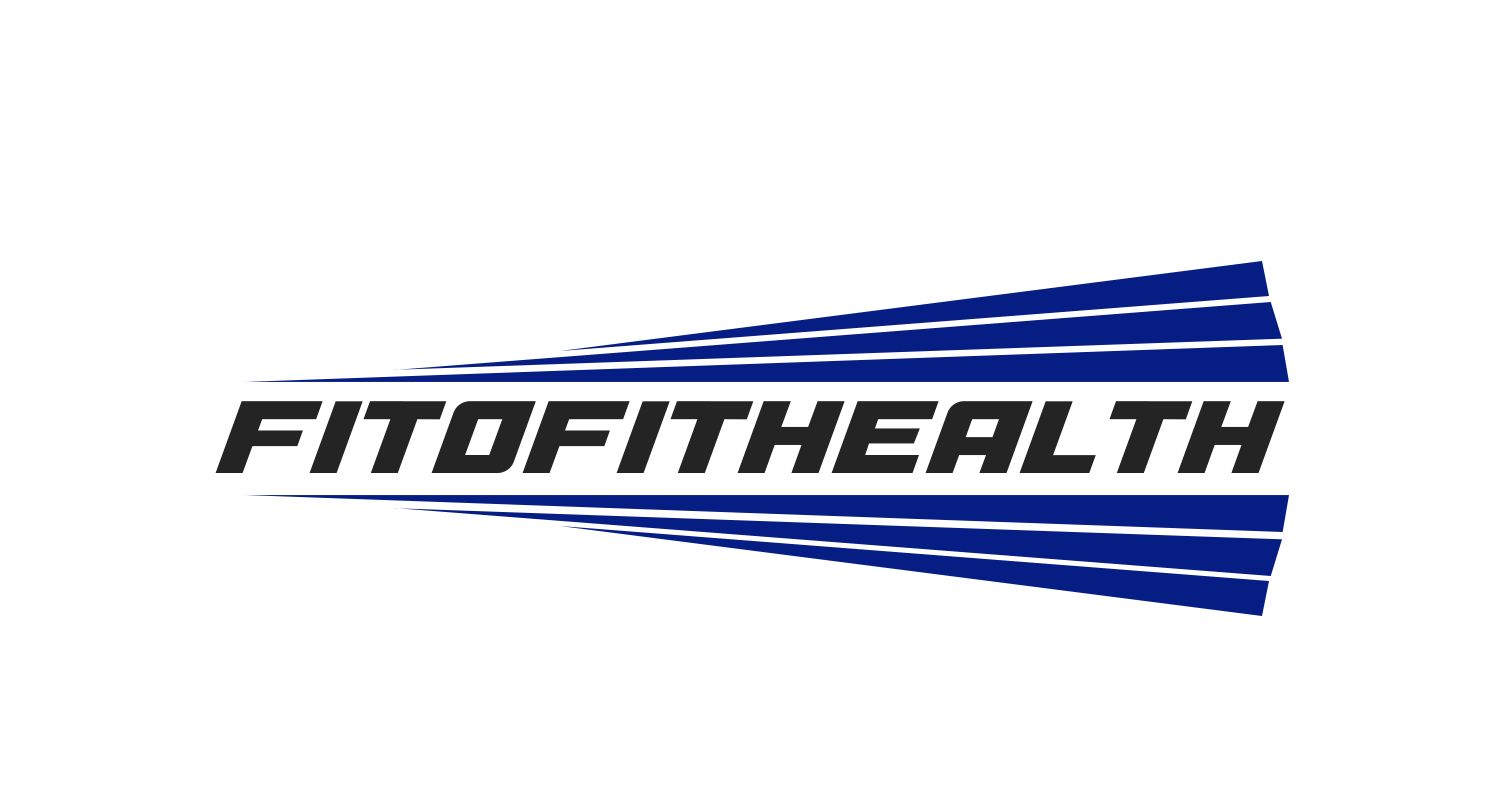The healthcare billing and payment environment relies heavily on complex systems of codes, forms, procedures, and specialized terminology. For patients to fully understand their medical bills, communicate effectively with providers and insurers, and advocate for themselves, it is essential to understand key billing and payment terms, processes and forms they will encounter related to health insurance coverage, medical coding, billing workflows and costs.
Navigating Health Insurance Terminology
There is a good deal of complex health insurance terms used on paperwork and in processes that can confuse or intimidate patients. Learning basic insurance terminology makes policies and communications clearer.
The “premium” refers to the upfront recurring cost of maintaining health insurance coverage, usually paid monthly. A “copay” or copayment is the fixed dollar amount defined in the policy that the patient pays per office visit, prescription or other medical service rendered. “Coinsurance” refers to the defined percentage of costs for a service that the patient owes, while the insurer covers the remaining portion.
The “deductible” is the annual dollar amount in out-of-pocket medical expenses the patient must pay themselves before the health insurance coverage will begin contributing payments toward care. “Out-of-pocket maximums” refers to annual limits on the total amount a patient must personally pay in deductibles, copays, and coinsurance before the insurance covers 100% of further care that year. “In-network” refers to providers who have contracted negotiated rates with the insurer; staying in-network makes care more affordable.
Demystifying Medical Coding Terminology
On the provider side, they use medical billing codes to numerically describe diagnoses and procedures for standardized documentation and billing. “ICD-10” codes are an expansive set of alphanumeric codes used specifically for categorizing and documenting medical diagnoses such as asthma, diabetes, pneumonia, etc. “CPT codes” are a set of 5-digit codes developed by the American Medical Association that are used to identify and define specific medical services and procedures rendered by providers, including lab tests, office visits, surgeries, therapies, and thousands more.
The experts over at Find-A-Code.com explain that “modifier codes” are 2-digit extensions to CPT codes used to add further details helpful for accurate billing such as left/right body part or precise treatment approach. Proper matching of diagnosis codes and procedure codes is crucial – billing using inaccurate or outdated codes will lead to claim denials and delays in provider reimbursement. Clinical documentation in the medical chart must support the codes used for billing purposes.
Understanding the Chargemaster and Pricing
Within a hospital or healthcare facility, the “chargemaster” is essentially an exhaustive list of retail prices set annually for every service, procedure and supply provided, enabling the facility to generate a patient bill and charge for all items used in treatment. However, partly due to negotiated discounts, very few patients actually end up paying chargemaster prices in full. Insurers usually negotiate significantly lower reimbursement rates than the chargemaster listed prices. Uninsured patients can also negotiate prompt-pay cash discounts from chargemaster prices.
Breaking Down Your EOB Statements
After providers submit claims, the “explanation of benefits” (EOB) statement is the detailed response from the insurer documenting what medical care was covered and how payment was calculated. The EOB will show the chargemaster price first, then any discount that was applied, followed by the “allowed amount” the insurer determined was appropriate, and finally the remaining patient responsibility based on deductibles, copays, coinsurance.
Conclusion
Healthcare billing and payment systems rely extensively on technical language, codes, and tools that represent a distinct vocabulary. Taking the initiative to learn the definitions empowers patients and caregivers to understand their financial obligations far better, navigate insurance benefits, communicate needs effectively, ensure billing accuracy and successfully self-advocate.

